The Mudskipper: An Evolutionary Marvel
Mudskippers are a fascinating group of amphibious fish that bridge the gap between aquatic and terrestrial life. These remarkable creatures, belonging to the Gobiidae family, have captivated scientists and nature enthusiasts alike with their unique adaptations for survival both in and out of water. Their ability to thrive in challenging intertidal environments, utilizing specialized fins for locomotion on land and a unique respiratory system for breathing air, makes them a compelling subject of study in evolutionary biology.
Introduction to Mudskippers
Mudskippers, fascinating amphibious fish belonging to the Gobiidae family, inhabit intertidal zones along the coasts of Africa, Asia, and Australia. These extraordinary creatures have captured the attention of scientists and nature enthusiasts alike due to their unique adaptations for navigating both aquatic and terrestrial realms. Their ability to thrive in challenging intertidal habitats, characterized by fluctuating tides and exposure to air, distinguishes them as exceptional examples of evolutionary adaptation.
Distinguished by their protruding eyes perched atop their heads, mudskippers possess exceptional vision both in air and underwater. Their modified pectoral fins, resembling sturdy limbs, enable them to “walk,” “skip,” and even climb over muddy surfaces with remarkable agility. Unlike most fish, mudskippers can breathe air, utilizing a specialized respiratory system that facilitates oxygen absorption through their skin and the lining of their gill chambers. This remarkable adaptation allows them to survive for extended periods out of water, navigating the muddy substrates of their intertidal homes.
The intertidal zones where mudskippers reside are dynamic environments, subject to the ebb and flow of tides. During low tide, mudflats are exposed, presenting a unique challenge for aquatic organisms. Mudskippers, however, are well-equipped to navigate these fluctuating conditions. They construct elaborate burrows within the mud, providing refuge from predators and extreme temperatures. These burrows also serve as nurseries for their eggs, highlighting the crucial role of burrowing behavior in their life cycle.
Mudskippers exhibit a diverse range of feeding behaviors, primarily consuming small invertebrates, algae, and even insects. Their specialized adaptations extend to their feeding strategies, employing suction feeding in water and capturing terrestrial prey with their protrusible jaws. This dietary flexibility underscores their adaptability to their amphibious lifestyle.
The study of mudskippers provides valuable insights into the evolutionary processes that have facilitated the transition of vertebrates from water to land. Their remarkable adaptations, including their amphibious lifestyle, unique respiratory system, and specialized fins for terrestrial locomotion, make them compelling subjects for research in evolutionary biology, genetics, and ecology. By investigating the genetic underpinnings and physiological mechanisms behind their adaptations, scientists can gain a deeper understanding of the evolutionary journey of life on Earth.
Physical Adaptations for an Amphibious Lifestyle
Mudskippers, remarkably adapted inhabitants of intertidal zones, exhibit a fascinating array of physical adaptations that enable them to thrive in both aquatic and terrestrial environments. These adaptations extend from their unique locomotion to their specialized respiratory system, showcasing the remarkable plasticity of evolutionary processes.
One of the most striking adaptations of mudskippers is their modified pectoral fins. Unlike the delicate fins of their fully aquatic counterparts, mudskipper pectoral fins are robust and muscular, resembling rudimentary limbs. These powerful appendages allow them to “walk,” “skip,” and even climb on land with surprising agility. The fins are supported by a strengthened skeletal structure and a complex musculature, facilitating their terrestrial locomotion.
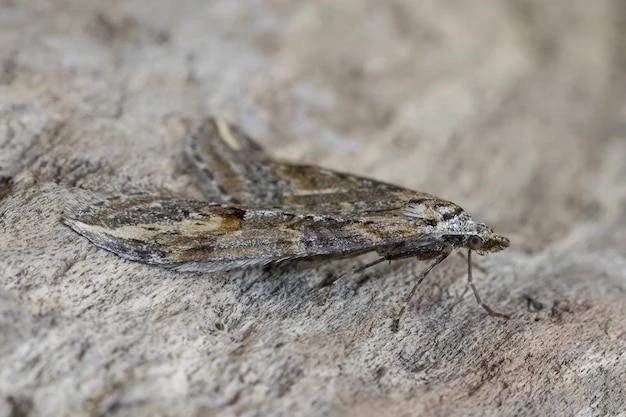
Furthermore, mudskippers possess a specialized pelvic fin structure. Their pelvic fins are fused together, forming a suction cup-like disc. This adaptation provides stability on slippery mudflats and aids in climbing vertical surfaces, such as mangrove roots. This unique pelvic fin morphology underscores their adaptability to the challenging terrain of their intertidal habitat.
Beyond locomotion, mudskippers have evolved mechanisms for breathing air. While they possess gills for aquatic respiration, they can also absorb oxygen through their skin and the lining of their gill chambers. This is facilitated by a dense network of blood vessels situated close to the surface of these tissues. Additionally, their gill chambers are enlarged and can hold a significant amount of air, allowing them to survive for extended periods out of water.
Their eyes, perched atop their head, are another remarkable adaptation. This unique positioning provides a wide field of vision, crucial for spotting prey and predators in both air and water. Moreover, their eyes possess a specialized structure that allows them to maintain a clear image both above and below the waterline, enabling them to transition seamlessly between these two environments.
These remarkable physical adaptations, from their modified fins for terrestrial locomotion to their unique respiratory and visual systems, highlight the evolutionary pressures that have shaped mudskippers into the extraordinary amphibious creatures they are today. They stand as testament to the power of natural selection in driving adaptation to diverse and challenging environments.
Unique Respiratory System for Survival on Land
Mudskippers, as amphibious fish, have evolved a remarkable respiratory system that allows them to thrive both in water and on land. This extraordinary adaptation distinguishes them from their fully aquatic relatives and highlights the evolutionary innovations that have enabled vertebrates to conquer terrestrial environments.
While mudskippers possess gills, the primary respiratory organs of most fish, these gills are uniquely adapted for both aquatic and aerial respiration. Their gill chambers are larger than those of their fully aquatic counterparts and can hold a significant volume of air. This adaptation allows them to maintain a supply of oxygen when out of water, extending their forays onto land.
The key to their amphibious breathing lies in their ability to extract oxygen from both water and air. When submerged, mudskippers respire primarily through their gills, extracting dissolved oxygen from the water. However, when on land, they employ a fascinating combination of cutaneous and buccopharyngeal respiration.
Cutaneous respiration refers to the absorption of oxygen through the skin. Mudskippers have highly vascularized skin, meaning it is richly supplied with blood vessels. This dense network of blood vessels lies close to the skin’s surface, facilitating the diffusion of oxygen from the air into their bloodstream. To further enhance cutaneous respiration, mudskippers maintain a thin film of moisture on their skin, as oxygen diffuses more readily across moist surfaces.
In addition to cutaneous respiration, mudskippers engage in buccopharyngeal respiration, which involves absorbing oxygen through the lining of their mouth and throat. The moist, highly vascularized lining of their buccopharyngeal cavity acts as a respiratory surface, allowing them to extract oxygen from the air they gulp into their mouths.
This remarkable dual respiratory system, combining gill respiration with cutaneous and buccopharyngeal mechanisms, underscores the adaptive capacity of mudskippers. Their ability to seamlessly transition between aquatic and aerial respiration highlights the evolutionary pressures that have shaped these fascinating creatures into the amphibious marvels they are today.
Specialized Fins for Locomotion on Mudflats
Mudskippers, renowned for their amphibious lifestyle, possess specialized fins that have evolved to facilitate locomotion on challenging mudflat terrain. These adaptations distinguish them from their fully aquatic relatives, showcasing the remarkable plasticity of fin morphology under selective pressure.
The most striking adaptation lies in their pectoral fins. Unlike the delicate, fan-shaped fins used for swimming by most fish, mudskipper pectoral fins have undergone a remarkable transformation. They are muscular, robust, and positioned more ventrally (towards the underside) of their body, resembling rudimentary limbs. This unique positioning provides greater leverage and support on the soft, yielding substrate of mudflats.
The internal structure of their pectoral fins also reflects their terrestrial adaptations. The fin rays, bony or cartilaginous supports within the fin, are thicker and more widely spaced than in their aquatic counterparts. This robust skeletal structure provides the strength and rigidity required for weight-bearing and propulsion on land. Furthermore, the muscles controlling the pectoral fins are highly developed, allowing for a wide range of movements, including flexion, extension, and rotation.
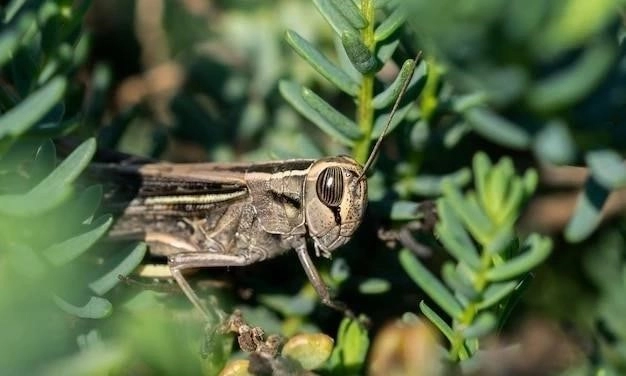
Mudskippers utilize their powerful pectoral fins in a variety of ways to navigate their muddy habitat. They can “walk” by alternately advancing their fins, using them like crutches to propel themselves forward. They can also “skip” by rapidly extending both pectoral fins simultaneously, launching themselves into the air. These unique gaits highlight the versatility of their modified fins for terrestrial locomotion.
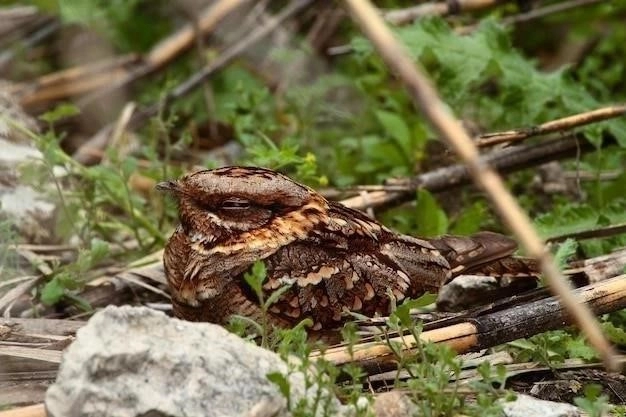
In addition to their specialized pectoral fins, mudskippers possess a unique pelvic fin adaptation. Their pelvic fins are fused together, forming a suction cup-like disc. This structure, often referred to as a “sucking disc,” plays a crucial role in anchoring themselves to the substrate. It provides stability on slippery mudflats and aids in climbing vertical surfaces, such as mangrove roots, by creating suction.
The remarkable modifications of mudskipper fins underscore the power of natural selection in driving adaptation to specific environmental challenges. Their specialized fins are a testament to the evolutionary processes that have shaped these fascinating creatures into the amphibious marvels they are today.
Adaptations of Eyes for Vision in Air and Water
Mudskippers, with their amphibious lifestyle, have evolved remarkable adaptations in their visual system, enabling them to see clearly both in air and underwater. These adaptations highlight the challenges and solutions inherent in transitioning between two drastically different refractive media.
One of the most prominent adaptations is the positioning of their eyes. Unlike most fish, whose eyes are situated on the sides of their head, mudskipper eyes are positioned dorsally, protruding prominently from the top of their head. This unique placement provides a wide field of view, allowing them to scan their surroundings for predators and prey both above and below the waterline.
Furthermore, mudskipper eyes possess structural adaptations that facilitate clear vision in both air and water. When submerged, their corneas, the transparent outer layer of the eye, are flattened by the surrounding water. This flattening allows light to pass through the cornea and lens with minimal refraction, focusing a sharp image on the retina at the back of the eye.
However, when out of water, the refractive power of the cornea diminishes significantly. To compensate for this, mudskippers have highly mobile eyes that can be retracted into their sockets, partially submerging them in a watery fluid. This fluid provides a refractive medium similar to water, maintaining the cornea’s shape and its ability to focus light effectively.
Additionally, mudskippers possess a specialized structure called the “campanule” beneath their lens. This muscular structure can be contracted or relaxed to adjust the lens’s shape, further fine-tuning their focus depending on whether they are in air or water. This ability to rapidly adjust their lens shape, a process known as accommodation, allows them to maintain visual acuity in both environments.
These adaptations highlight the evolutionary pressures that have shaped the unique visual system of mudskippers. Their ability to see clearly both above and below the waterline underscores their remarkable adaptations for an amphibious lifestyle, enabling them to thrive in the dynamic and challenging intertidal zones they call home.
Burrowing Behavior and Habitat
Mudskippers, as their name suggests, are highly adapted to the intertidal mudflats that constitute their primary habitat. These dynamic environments, characterized by fluctuating tides, varying salinity levels, and exposure to air, pose unique challenges that mudskippers have overcome through remarkable behavioral and physiological adaptations. Central to their survival in this challenging habitat is their burrowing behavior.
Mudskippers construct elaborate burrows within the soft, muddy substrate of intertidal zones. These burrows serve multiple crucial functions, providing refuge from predators, protection from extreme temperatures, and a safe haven for reproduction. The burrows are typically J-shaped or Y-shaped, with a single entrance leading to one or two chambers.
The construction of these burrows is a testament to the mudskipper’s unique adaptations. Using their mouths and pectoral fins, they excavate the mud, pushing it out of the burrow entrance. Their robust skull morphology and powerful jaw muscles provide the strength required for digging, while their specialized pelvic fins, fused into a suction cup-like disc, provide stability on the slippery mud.
The burrows are not merely simple holes in the mud; they are carefully engineered structures. Mudskippers line their burrows with mucus, which helps to bind the walls and prevent collapse. They also maintain a pool of water at the bottom of the burrow, ensuring a stable supply of moisture even during low tide. This water also serves as a respiratory chamber, allowing them to breathe air while submerged in their burrows.
The intertidal mudflats where mudskippers reside are harsh environments, subject to wide fluctuations in temperature, salinity, and oxygen levels. However, mudskippers have evolved a suite of physiological adaptations that allow them to tolerate these challenging conditions. Their ability to breathe air, their tolerance for a wide range of salinities, and their capacity to regulate their body temperature behaviorally all contribute to their success in this dynamic habitat.
The Mudskipper’s Diet and Feeding Adaptations
Mudskippers, as opportunistic omnivores, exhibit a diverse diet and a fascinating array of feeding adaptations that allow them to exploit both aquatic and terrestrial food sources within their intertidal habitat. Their feeding strategies showcase their adaptability and their unique position bridging the gap between aquatic and terrestrial ecosystems.
The mudskipper’s diet varies depending on the species and the local environment, but generally consists of small invertebrates, algae, and detritus. They are known to consume insects, crustaceans, worms, small fish, and even algae and plant matter. This dietary flexibility is crucial for their survival in intertidal zones, where food availability can fluctuate with the tides.
Mudskippers employ a variety of feeding strategies tailored to their amphibious lifestyle. When submerged in water, they exhibit suction feeding, a common feeding mechanism among fish. They rapidly expand their buccal cavity, creating a suction force that draws water and prey into their mouths. This method is effective for capturing small, mobile prey in aquatic environments.
On land, mudskippers switch to terrestrial feeding modes. They use their protrusible jaws, which can extend outward from their mouths, to capture prey from the mud surface. Their jaws are equipped with small, conical teeth that help to grasp and hold onto their prey. They are also known to “lunge” at terrestrial insects, using their powerful pectoral fins to propel themselves forward and capture their prey with a rapid snap of their jaws.
Their ability to feed both in water and on land is facilitated by a unique adaptation in their digestive system. Their stomach is highly acidic, allowing them to break down a wide range of food items, including chitinous exoskeletons of insects and crustaceans. Additionally, their intestines are relatively long, providing ample surface area for nutrient absorption.
The mudskipper’s diverse diet and adaptable feeding strategies highlight their ecological niche as opportunistic omnivores within intertidal ecosystems. Their ability to exploit both aquatic and terrestrial food sources underscores their success in navigating the dynamic challenges of their unique habitat.
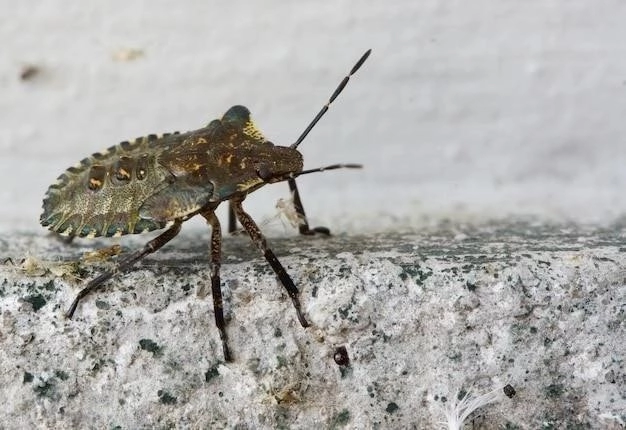
Reproduction and Life Cycle
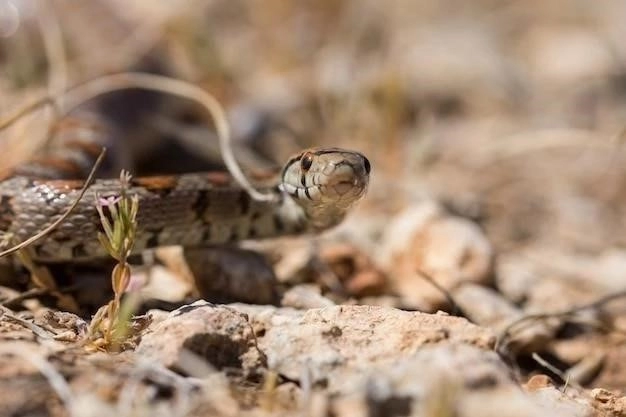
Mudskippers, fascinating inhabitants of intertidal zones, exhibit a unique reproductive strategy and life cycle intricately intertwined with their amphibious lifestyle and the challenges posed by their dynamic environment. Their reproductive behaviors showcase remarkable adaptations for ensuring successful offspring survival in the face of fluctuating tides, varying salinity, and terrestrial predators.
Reproduction in mudskippers is closely tied to the tidal cycle, typically occurring during spring tides when water levels are highest. This timing ensures that the fertilized eggs and developing larvae have a greater chance of being dispersed into more stable, submerged areas. Prior to spawning, male mudskippers engage in elaborate courtship displays to attract females. These displays often involve vigorous body movements, fin displays, and even territorial battles with rivals.
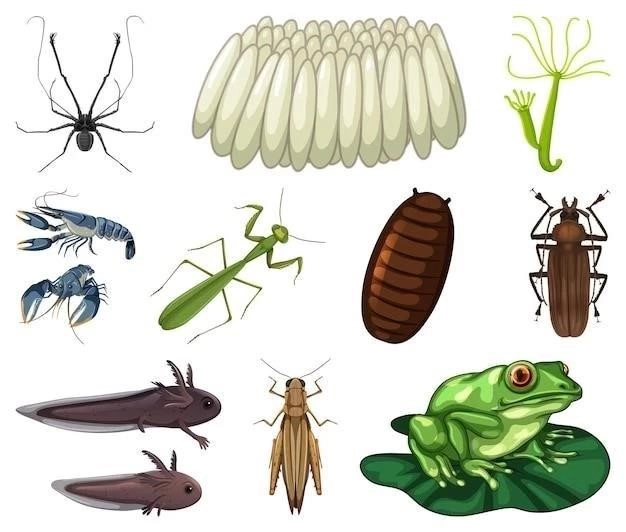
Once a female is receptive, the male guides her into his burrow, which he has meticulously prepared for spawning. The female deposits her eggs on the burrow walls, and the male fertilizes them externally. The eggs, numbering in the hundreds to thousands depending on the species, are small, adhesive, and attached to the burrow walls for protection.
Parental care is highly developed in mudskippers, particularly by the males. After fertilization, the male diligently guards the eggs, ensuring adequate oxygenation by fanning them with his fins and maintaining water circulation within the burrow. He also defends the burrow against predators and removes any debris or fungal growth that could threaten the developing embryos.
Upon hatching, the larvae remain in the burrow for a period, receiving further protection from the male. During this time, they rely on their yolk sacs for nourishment. Once they have developed sufficiently, the larvae leave the burrow and enter the pelagic stage of their life cycle, drifting in the water column as plankton. They eventually settle back into suitable intertidal habitats, transforming into juvenile mudskippers and beginning their amphibious existence.
Genetic Adaptations and Evolutionary Significance
Mudskippers, with their remarkable amphibious adaptations, have captivated the attention of evolutionary biologists seeking to unravel the genetic underpinnings of major transitions in vertebrate evolution. Their unique ability to thrive both in water and on land offers a compelling glimpse into the genetic mechanisms that may have facilitated the conquest of land by early tetrapods.
Recent advances in genomic sequencing have provided unprecedented insights into the genetic basis of mudskipper adaptations. Comparative genomic studies, which involve comparing the genomes of mudskippers with those of their fully aquatic relatives, have identified key genes and regulatory elements that have undergone significant changes in mudskipper lineages. These genetic modifications are thought to underlie their unique physiological, morphological, and behavioral traits.
For instance, genes involved in respiration, osmoregulation, and limb development have been found to be under positive selection in mudskippers, indicating that these genes have undergone adaptive evolution, likely driven by the challenges of an amphibious lifestyle. For example, genes associated with cutaneous respiration, the ability to breathe through their skin, show increased expression levels in mudskippers compared to their aquatic relatives.
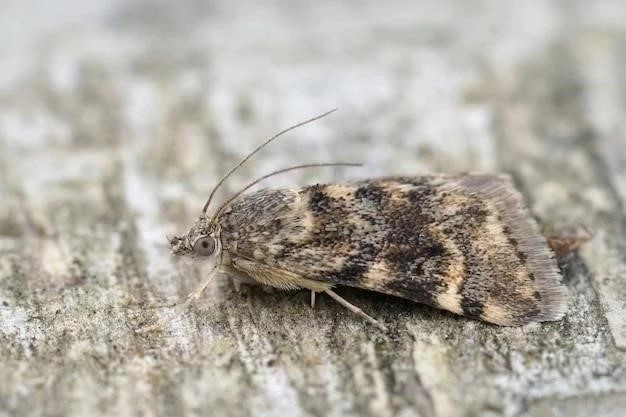
Furthermore, studies have revealed adaptations in genes related to vision, olfaction, and stress response, reflecting the sensory and physiological challenges of navigating both aquatic and terrestrial environments. The identification of these candidate genes provides a starting point for understanding the complex interplay of genetic changes that have shaped the mudskipper’s remarkable adaptations.
The evolutionary significance of mudskippers extends beyond their intrinsic value as fascinating creatures. By studying their genetic adaptations, scientists hope to gain a deeper understanding of the evolutionary processes that have shaped biodiversity on Earth. Mudskippers serve as a living model system for investigating the genetic basis of major evolutionary transitions, offering valuable insights into the mechanisms that have driven the diversification of life on our planet.










